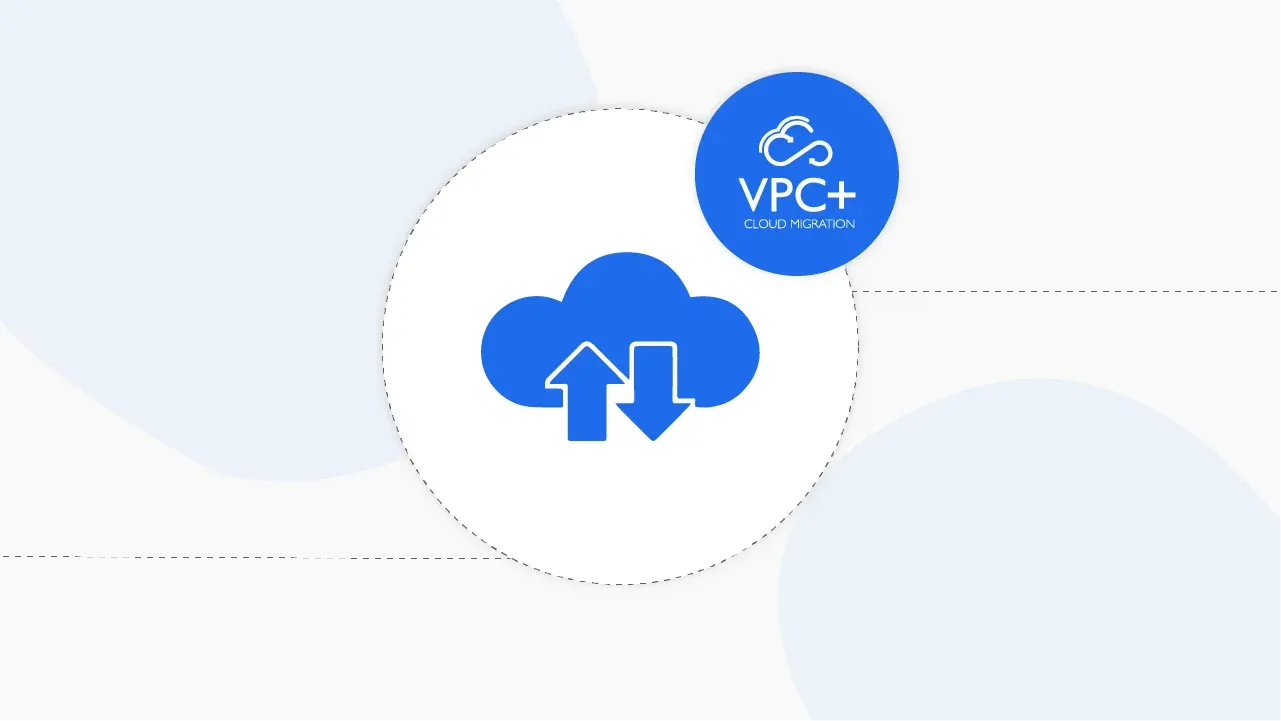
What is Cloud Disaster Recovery?
Cloud Disaster Recovery is a strategic way of guaranteeing that the enterprise applications, infrastructure, and databases are protected and can be recovered in case there is any disruption. With the help of Cloud Backup solutions, businesses can have their work uninterrupted, reduce the time their systems are down, and recover the money that natural disasters, cyber threats, or system failures have caused them.
When an unanticipated event arises, companies can immediately retrieve their important records from the cloud, thus enabling them to function at maximum performance. Cloud DR solutions are adaptable, malleable, and cost-effective, which makes them the perfect fit for businesses of all sizes.
Why is Cloud Disaster Recovery Essential?
In the world of digital today, businesses have become strong permanently by using cloud-based apps and storing data on the cloud. Nevertheless, it is a really common fact that many companies don't have a highly developed Disaster Recovery strategy.
- Data Center Outages Are Common: The survey conducted in 2023 by Uptime Institute stated that 55% of players in the data center market suffered an outage at some time or another in the past three years.
- Unplanned Downtime Leads to Productivity Loss: Research conducted by Forrester in the U.S. showed that 47% of downtrodden companies went through productivity losses that cost them unexpected downtime.
A well-structured Cloud Disaster Recovery Plan (CDRP) ensures that businesses can recover quickly from system failures, power outages, human errors, and cyberattacks, minimizing operational disruptions.
Cloud Disaster Recovery vs. Traditional Disaster Recovery
Traditional Disaster Recovery, which is based on classical On-Premises solutions that are usually expensive, complicated, and hard to scale, is considered the main cost of these kinds of challenges. With Cloud DR being developed, however, a more efficient and cost-effective alternative is being presented by this transformation.
Challenges of Traditional Disaster Recovery
- High Infrastructure Costs: As for disaster recovery, some basic prerequisites, such as additional data centers, storage, and IT teams, are necessary.
- Complexity & Maintenance: Ensuring the effectiveness of the computer environment continues to be a key requirement, which means updates and other things are necessarily done on a continuous basis.
- Limited Scalability: Scaling infrastructure to meet changing business needs is time-consuming and costly.
Advantages of Cloud Disaster Recovery
- Cost-Efficient: Aside from the extra hardware, the provision of a triangle for any human worker is not necessary.
- Highly Scalable: It does not take long and is not expensive at all to adjust the infrastructure to the new conditions of a particular business through the growth of the project.
- Automation & Flexibility: Deployment is made easier by the automation of backup and recovery processes so that manual intervention is minimized.
- Rapid Deployment: With practical help, the whole process is super efficient in that it is quicker and much easier to run than traditional setups.
Key Components of Cloud Disaster Recovery
A robust Cloud DR strategy includes several essential elements:
1. Recovery Point Objective (RPO)
The maximum acceptable data loss is measured in time before a disaster occurs. Shorter RPO values minimize data loss.
2. Recovery Time Objective (RTO)
The target time within which applications and systems should be restored to avoid major business disruptions.
3. Failover Mechanism
The process of switching operations to a backup system in case of a primary system failure.
4. Failback Process
Restoring operations to the primary system after the crisis is resolved.
Learn More: Check out our in-depth guide on RPO & RTO in Cloud Disaster Recovery.
Steps to Develop an Effective Cloud Disaster Recovery Plan
A well-structured disaster recovery plan ensures business continuity and data integrity. Here’s how to build one:
1. Risk Assessment
Identify potential threats such as cyberattacks, natural disasters, and hardware failures.
2. Disaster Recovery Plan (DRP) Development
Define roles, responsibilities, and procedures for disaster response and recovery.
3. Solution Selection
Choose a Cloud DR solution that aligns with your business’s RTO and RPO goals while ensuring compliance with industry regulations.
4. Testing & Optimization
Regularly test and refine your DR plan to adapt to evolving business needs and emerging threats.
Challenges in Cloud Disaster Recovery
While Cloud DR offers numerous benefits, it also presents some challenges:
- Data Privacy & Security: Ensuring encrypted and secure data storage in the cloud.
- Compliance & Regulations: Meeting industry-specific data protection standards (e.g., GDPR, HIPAA).
- Bandwidth Limitations: Managing large-scale data transfers efficiently.
- Vendor Lock-in: Choosing solutions that allow flexibility across multiple cloud providers.
Read More: Explore our detailed analysis of Cloud Disaster Recovery Challenges.

Wanclouds Cutting-Edge Approach to Cloud Disaster Recovery
Wanclouds provides a robust Disaster Recovery as a Service (DRaaS) solution, allowing businesses to backup and restore data across multiple cloud providers. Powered by VPC+, our centralized DR solution offers:
Key Features:
- Multi-Cloud Support: Backup across AWS, Google Cloud, and IBM Cloud (Azure coming soon).
- VPC Resource Backup: Save entire VPC configurations, network functions, Kubernetes clusters, and OpenShift clusters.
- On-Demand Restoration: Restore applications and infrastructure across different regions and cloud environments.
- Cost Optimization: Reduce operational expenses by eliminating redundant infrastructure and excessive maintenance costs.
Get Started with Wanclouds DRaaS Today!
Don't let disasters disrupt your business. Protect your critical assets with Wanclouds' reliable Cloud DR solutions.
Contact Us: website form or email us at [email protected]. Explore Wanclouds on AWS Marketplace and IBM Catalog.